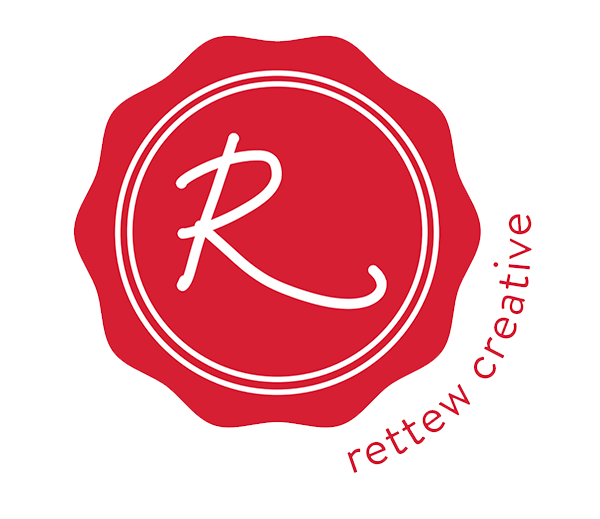Focusing the Lens on the Audience and the Story
Look at the image above. I love this image! Meet Miles Thomas Haren…son to Tom and Jennifer Haren. This is their third child and the first boy our family has seen in a few generations.
Miles is my little nephew and I spent the afternoon helping Tom and Jennifer take his newborn pictures. Tom used to be a baseball player, catcher for Erskine College. You can see in the picture above his bat and glove from his college days.
Tom literally prayed for a boy, especially since he is a pastor and father to two sassy, little girls. I think he needed some testosterone in the household. So…we knew we had to incorporate his baseball bat and catchers glove into this shot(s).
But the image above was meant for Tom. Why? I wanted to call attention to his glove and bat. Now, let’s look at the image that was meant for Jennifer, below. Notice what is in focus?
The same shot, different images, different focal points, different audiences, different messages, same camera, same lens, and even the same camera position.
By merely choosing a fast aperture speed (f2.8), I was able to create the desired look with a distinct depth of field. This allowed me to chose what to have in focus and what to “blur”.
Stories require focus…focusing the audience’s attention…drawing the eye to the details most important. This is a reminder that every viewpoint might have numerous story-lines, but it is up to us as communication practitioners to choose he most appropriate message for the right audience at the right time.
Think about Gestalt Principles. Gestalt is a psychology term which means “unified whole”. It refers to theories of visual perception developed by German psychologists in the 1920s. Have you seen this diagram before?
“This principle maintains that the human mind considers objects in their entirety before, or in parallel with, perception of their individual parts; suggesting the whole is other than the sum of its parts. Gestalt psychology tries to understand the laws of our ability to acquire and maintain meaningful perceptions in an apparently chaotic world.”
Some of us see two faces, some of us see a vase. Some of us see both in the midst of this chaos. But regardless, something in these images draws our attention to a specific part of these images based on our viewpoints and associate pre-dispositions.
So as you scroll through Facebook, what video, what image catches your attention. Which parts of this social media communication puzzle catches your eyes as your scroll through your news feed? What videos make you stop scrolling, even though there is no audio. Which ones do you notice in this new world of auto-play and video ads released by Facebook?
Here is one from Clemson that caught my eyes and ears.
First, I scrolled through Facebook and the graphics caught my attention. Yes, I am a Clemson fan…so the bright orange and purple colors using motion graphics stopped me from scrolling…just to watch. Since it auto-played, I could not hear the music. Heck…I watch the whole thing silent without the music and I understood the storyline.
I even shared it with friends without even hearing the music. It was not until I went back, looking for the video did I listen to the sound.
My point here is that the motion graphics caught my attention while scrolling through a visually complex Facebook newsfeed. It caught my attention. It caught my focus. I was the target audience and I stopped scrolling to allow this silent video to play. It did not give me an action at the end to “Share”…I just shared it because I connected with the storyline.
Think about it for a second. If we focus on the story, focus on the audience, and focus on the message…we might achieve the desired result.
Reference Links:
http://courseweb.stthomas.edu/mjodonnell/cojo232/gestalt/gs07.html
http://en.wikipedia.org/wiki/Gestalt_psychology
http://graphicdesign.spokanefalls.edu/tutorials/process/gestaltprinciples/gestaltprinc.htm



